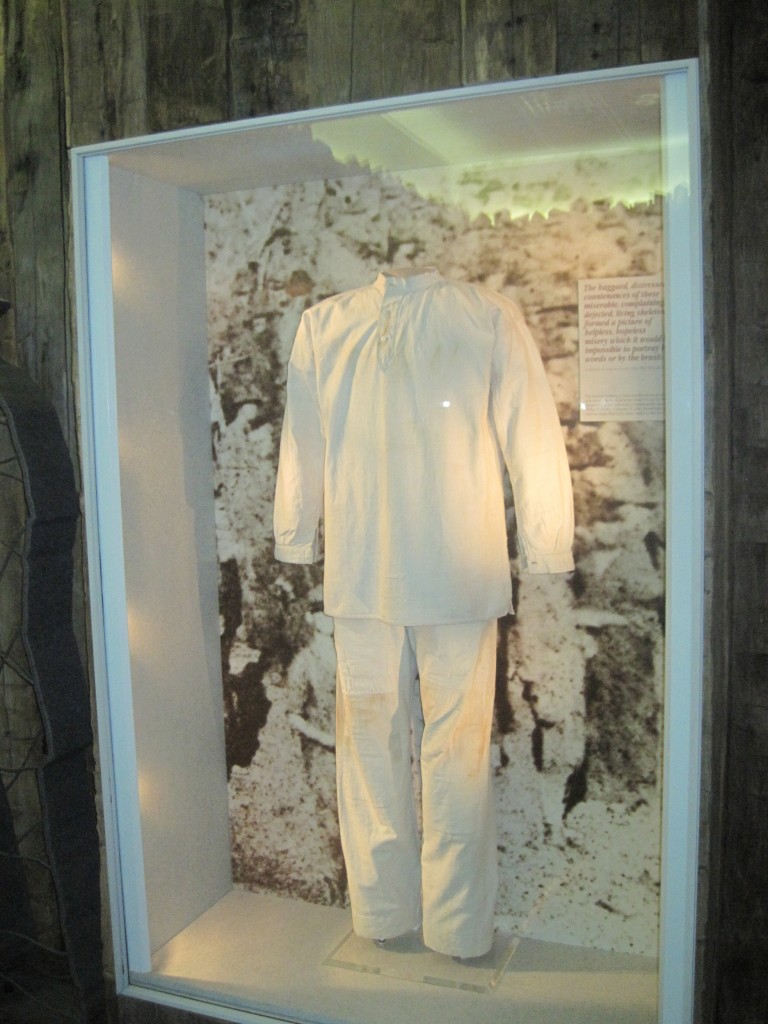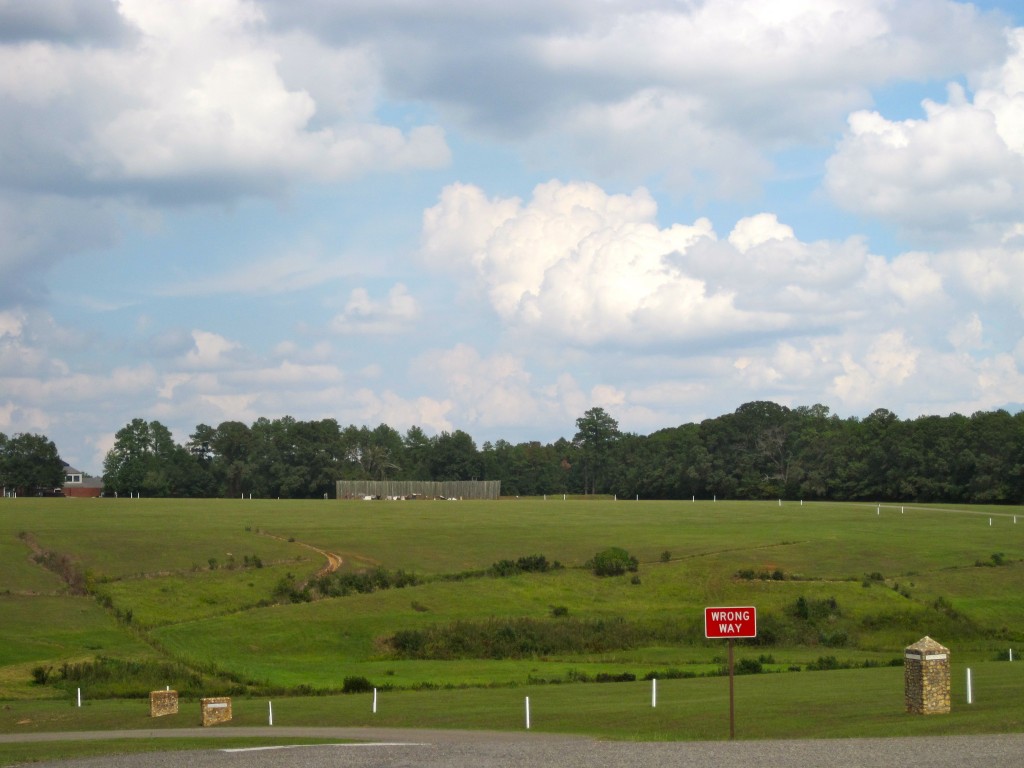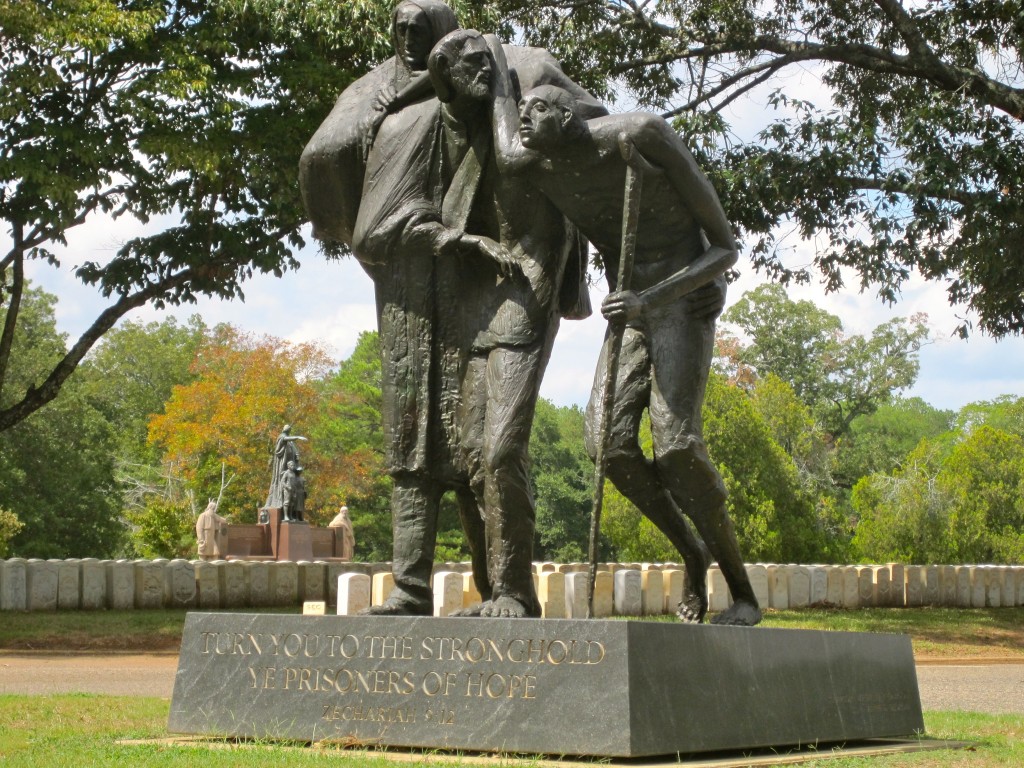The railroad barricades come down, signaling an impending train is coming. One car makes the death-defying leap from one side to the other. Once the train clears and I am free to move on, I continue on the lonely stretch to Andersonville, Georgia.
Andersonville is home to the National Prisoner of War Museum and the Andersonville National Cemetery and Prison Site. This simple stretch of land is evidence of the horrors of the American Civil War. A visit here begins through the museum, serving as a memorial to all American prisoners of war. The concept of humane treatment of prisoners of wars is muddied throughout display cases across different nations, cultures and even one’s own country of captivity.
The Prison Site at Andersonville is one of the largest of many Confederate military prisons established during the Civil War. Constructed in 1864, the prison was not much more than a wooden stockade in an open field. Looking out on to this open field, it is hard to imagine 45,000 souls confined here throughout its 14-month existence. Of those 45,000, 13,000 died here due to disease, poor sanitation, overcrowding, malnutrition and exposure.
Not much remains of the Andersonville Prison Site, but it doesn’t need to. I read the words of Sgt. David Kennedy of the 9th Ohio Cavalry who was confined here. “Wuld that I was an artist and had the material to paint this camp and all its horors or the tongue of some eloquent Statesman and had the privilege of expressing my mind to our hon. Rulers at Washington. I should gloery to describe this hell on Earth where it takes seven of its ocupiants to make a shadow.”
Once Sherman’s forces occupied Atlanta, Andersonville dispersed prisoners to other camps, but many lives were left here. The Andersonville National Cemetery was set up on July 26, 1865 to honor the deceased veterans of those who died here during the Civil War and across central and southwest Georgia battlefields and hospitals.
Perhaps the most moving monument to these lives lost here over unimaginable conditions is the Georgia Monument. Sculpted by William J. Thompson, the monument features three men suffering, yet holding each other up with nothing more than a little hope. It honors all American prisoners of war. While not a place anyone back in 1864 wanted to be, only a select few have chosen to visit Andersonville today. It is not some beautiful place, a picturesque beach or remarkable work of architecture. It is an open field, a metaphor for struggle and hopelessness I had to see in between all of the beauty of America’s South.






Places like these can be difficult to visit considering what happened there. It is amazing to think that we fought our own countrymen not all that long ago and how horrid it was. I think it is important for people to visit American historical sites like these, even though they are not the popular sites on most tourist lists.
A place full of history, nice!
I took a class about Andersonville in college and I’ve been wanting to visit ever since. It has an interesting if sad history.